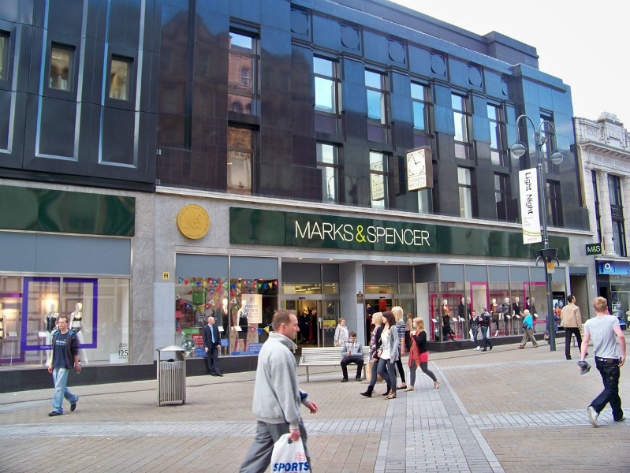

Last month UK retailer Marks and Spencer (M&S) announced that it would cut down on wasted space in its snack food packaging, in what the company has labelled ‘Project Thin Air’. Over 140 different M&S products have been affected, with crisps and popcorn being the most notable examples.
The organisation insists that the content of each packet remains the same, but through a reduction in the amount of empty space, or ‘thin air’, used in its popcorn rage, packaging has been reduced by 37%, and a new thinner plastic film on crisp packets means 20% less plastic used in the company’s hand-cooked crisp range. The result is a 75-tonne-per-year saving on packaging used, and 152 fewer delivery lorries on the roads in 2017; both factors contributing to a significantly reduced carbon footprint.
M&S packaging expert Laura Fernandez commented on the move, saying: “We’ve been working on this project for over a year and are really pleased with the results. M&S has led the way in packaging reduction, and this latest project has allowed us to dramatically reduce packaging across our snacks.”
Where are all the crisps?
M&S’s announcement raises the question of why on earth there was enough excess air being used in packages to cut down bag sizes by 37% in the first place. More than one consumer has opened a bag of crisps or popcorn and become irate at the amount of open space found within, and in 2015 New Zealand-based artist Henry Hargreaves even went so far as to measure the space-to-crisp ratio in the worst-offending brands by measuring displacement when the packs were submerged in a water tank. Many crisps had a more than 50% thin air content, but Tortilla chip brand Doritos came off worst, at 87% empty space.
Mental Floss looked into why this air is added to packets in a 2013 article, and detailed that it is in fact nitrogen inside packets, rather than compressed atmospheric air, as oxygen affects the rate at which the crisps spoil, and humidity in the air can make them soggy and unappetising. Rather than for freshness purposes though, the extra space is a conscious decision by snack-makers, who use this ‘slack fill’ to help protect their delicate product from breaking. Crisps easily snap when jostled on a delivery truck or when stacked in large quantities, and the pumped in gas apparently protects against this. Curiously though, Hargreaves found in his experiments that the more compressed nitrogen pumped in to a packet, the more likely breakages were to occur, reinforcing the validity of M&S’s new slim-line packets.
No lack of loo roll
M&S isn’t the first to make a small alteration to a product that adds up to a huge impact. The retailer’s change to crisp packaging is reminiscent of UK grocery supermarket chain Sainsbury’s move in 2012 to cut the 123mm cardboard tube at the centre of their toilet paper rolls down to 112mm, while keeping the number of paper sheets the same.
In a similar manner to M&S, the change may seem negligible on individual products, the 11mm alteration meant that rolls still fit neatly onto customers’ toilet roll holders, but because more products could be fit onto deliveries, the amount of lorry trips could be reduced by 500 a year, resulting in a 140-tonne drop in carbon emissions.
Sainsbury’s estimates that the average consumer uses up to 50 toilet paper rolls a year, and for M&S, the snack food market is still incredibly strong. The two cases demonstrate the responsibility big manufacturers and retailers have when it comes to the environment. What may appear on the face of it to be a miniscule change to packaging can mean huge monetary savings, but more importantly, environmental sustainability.



